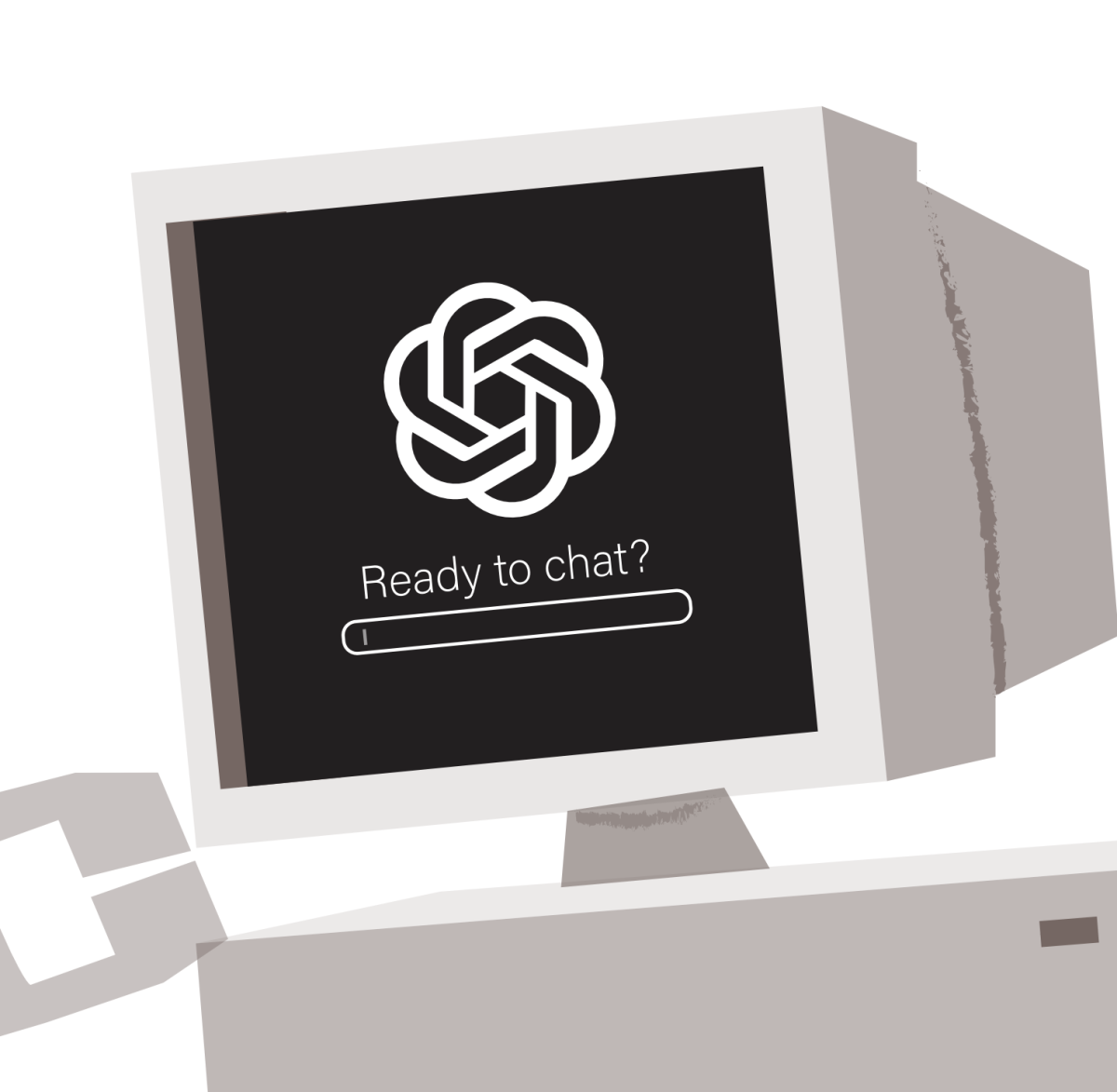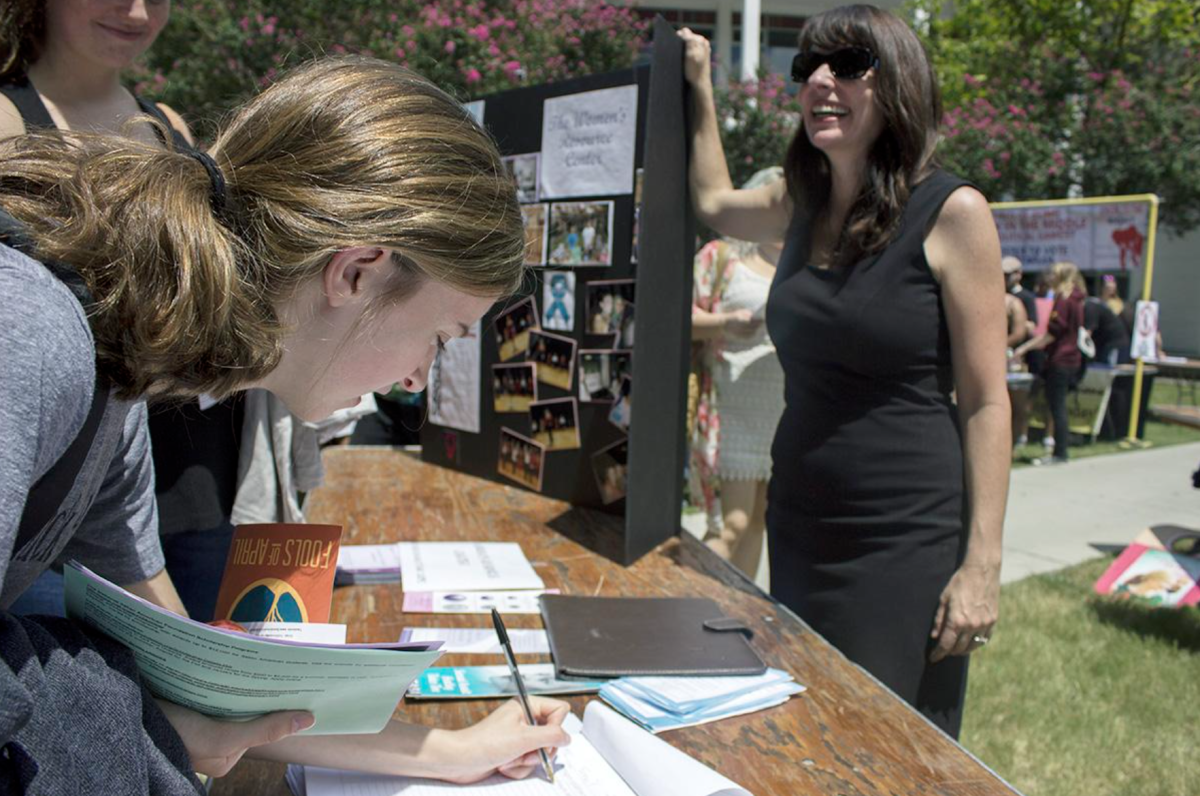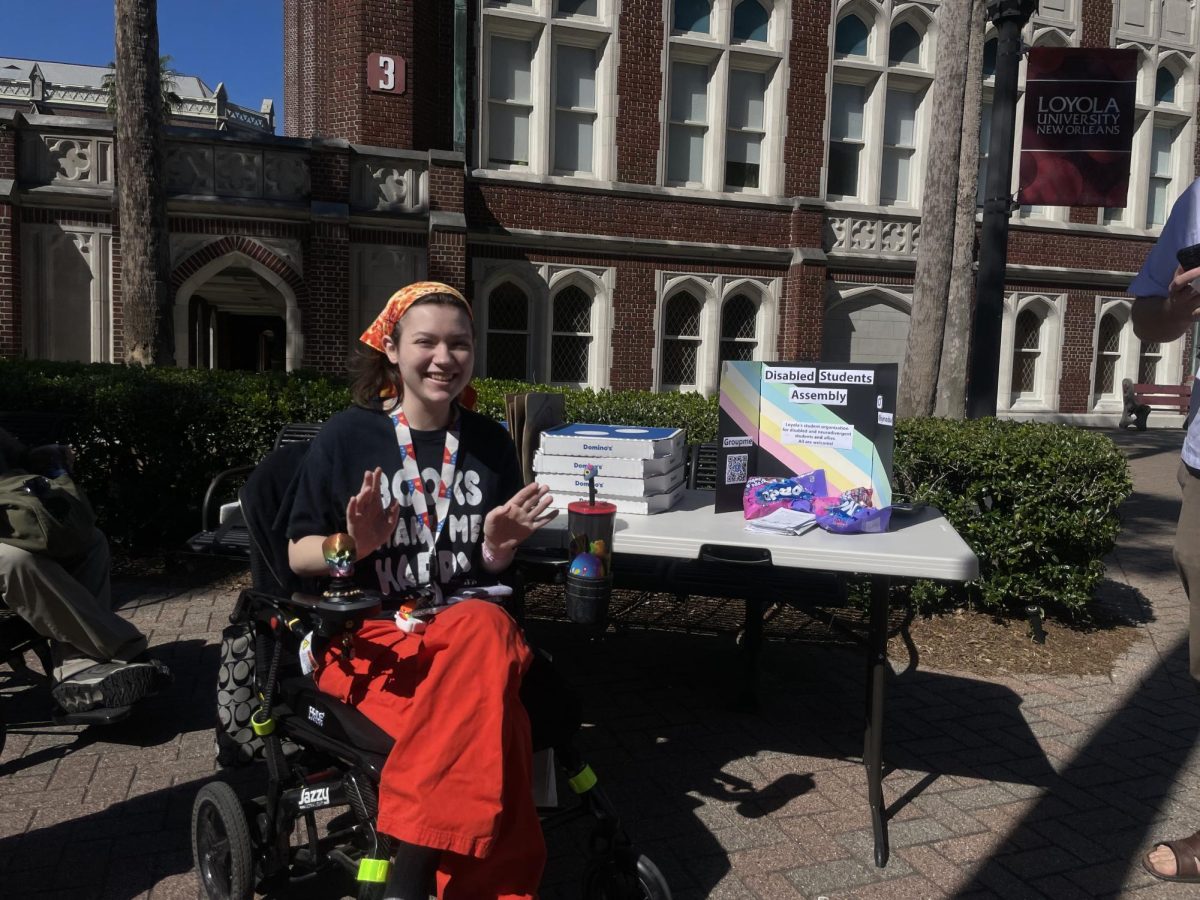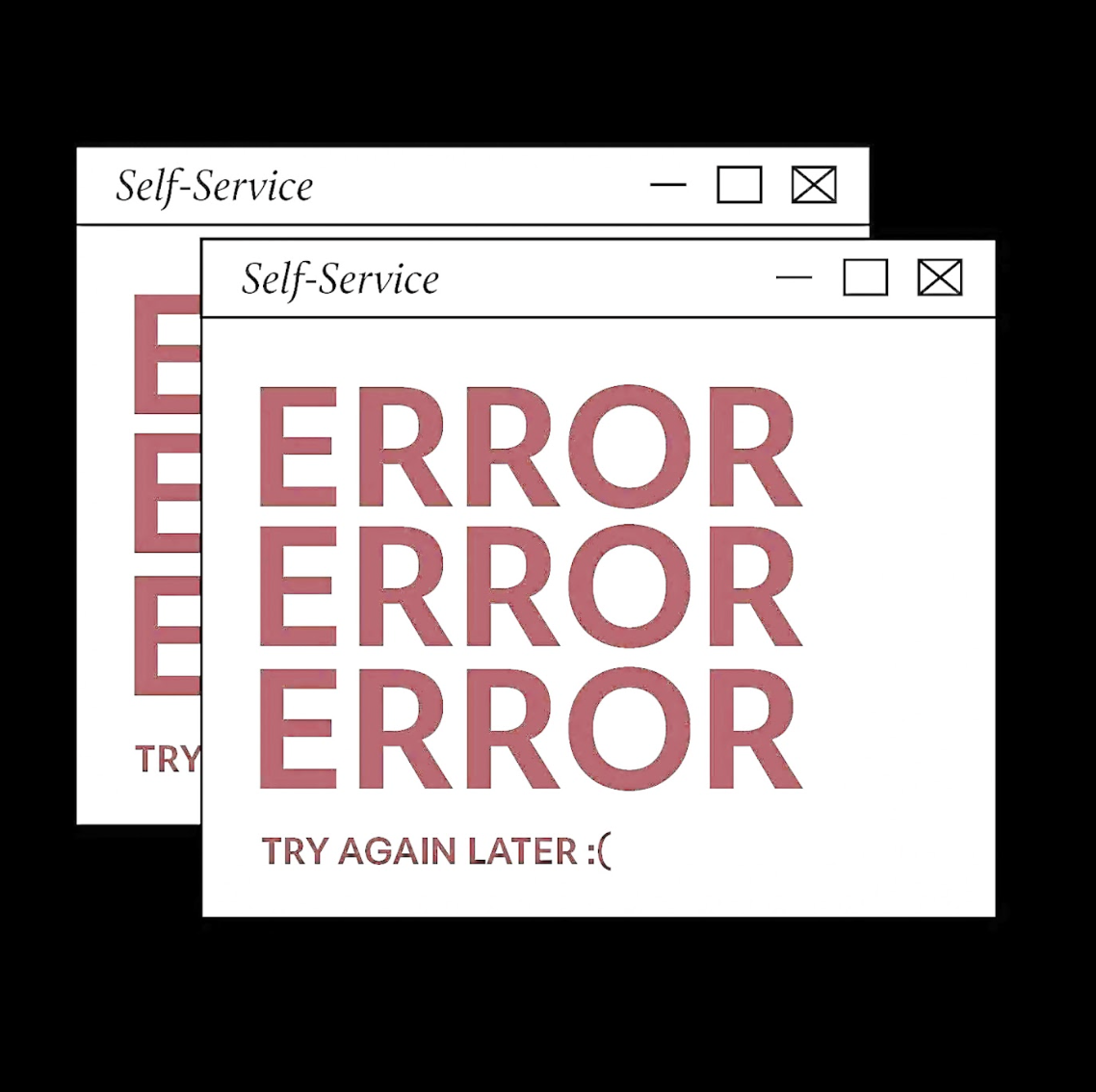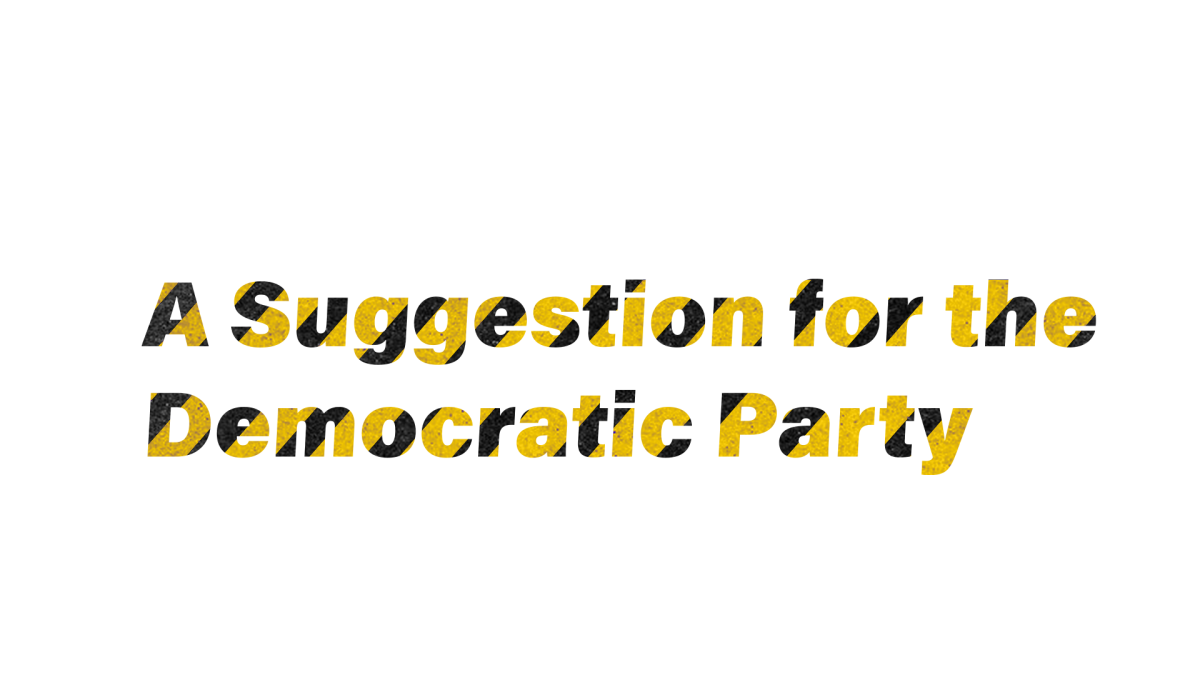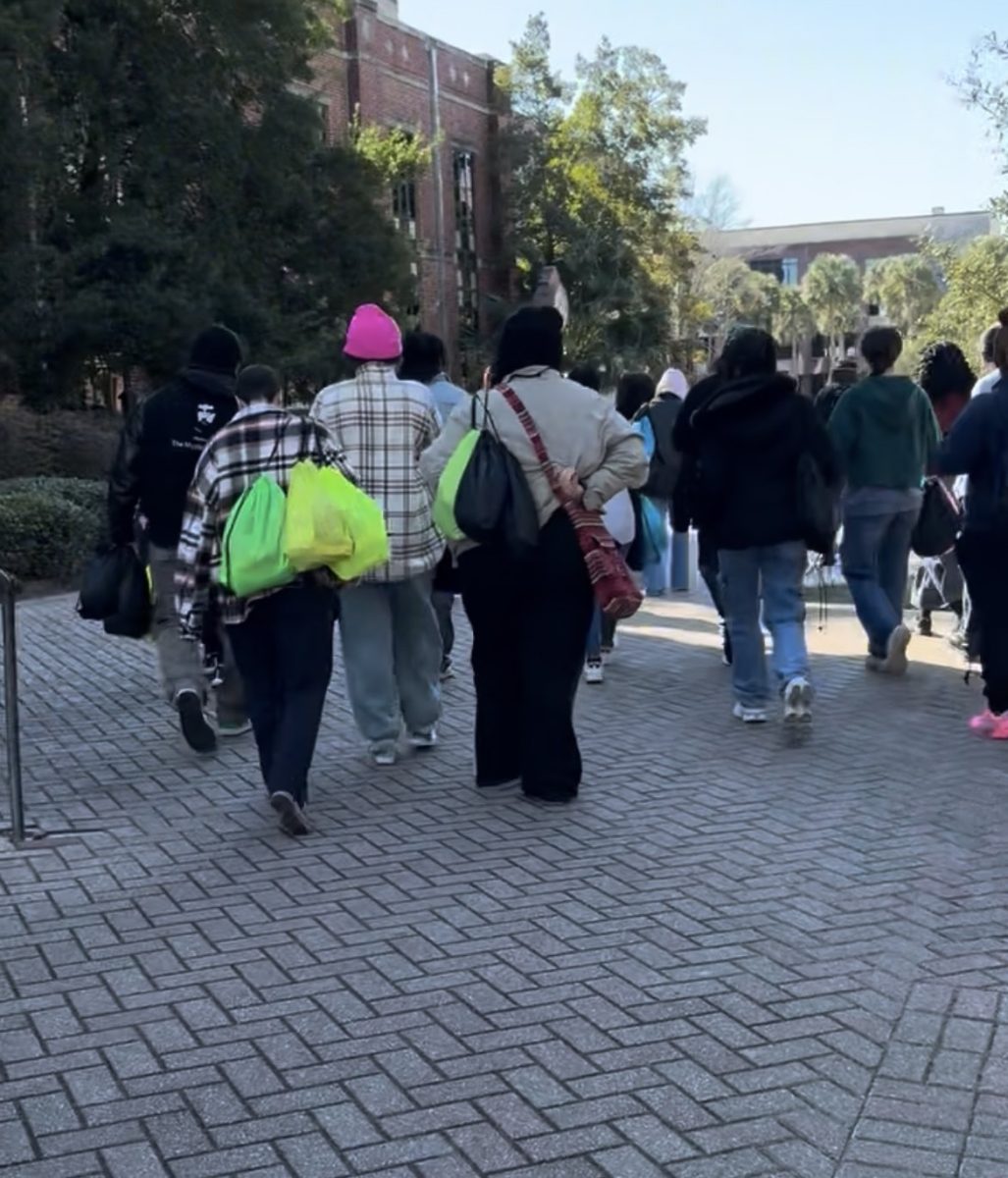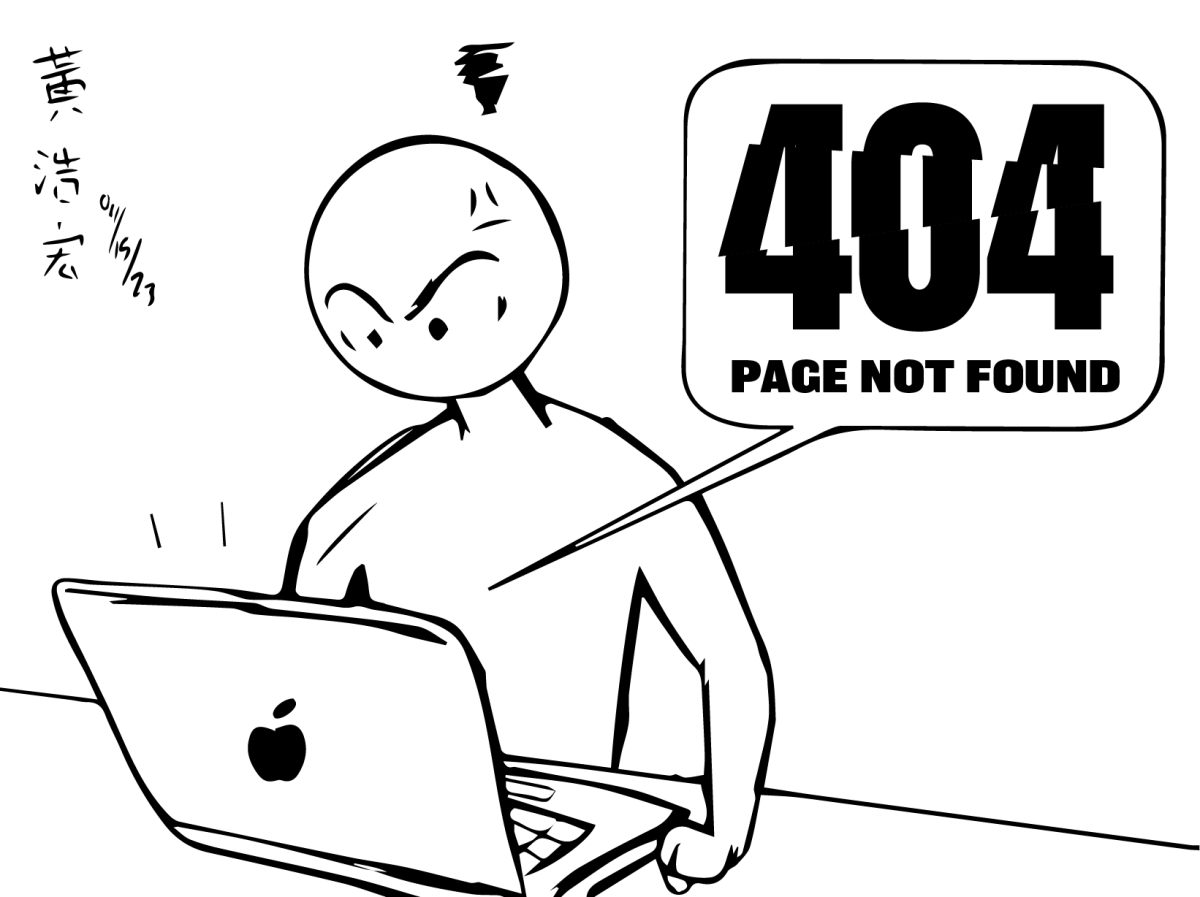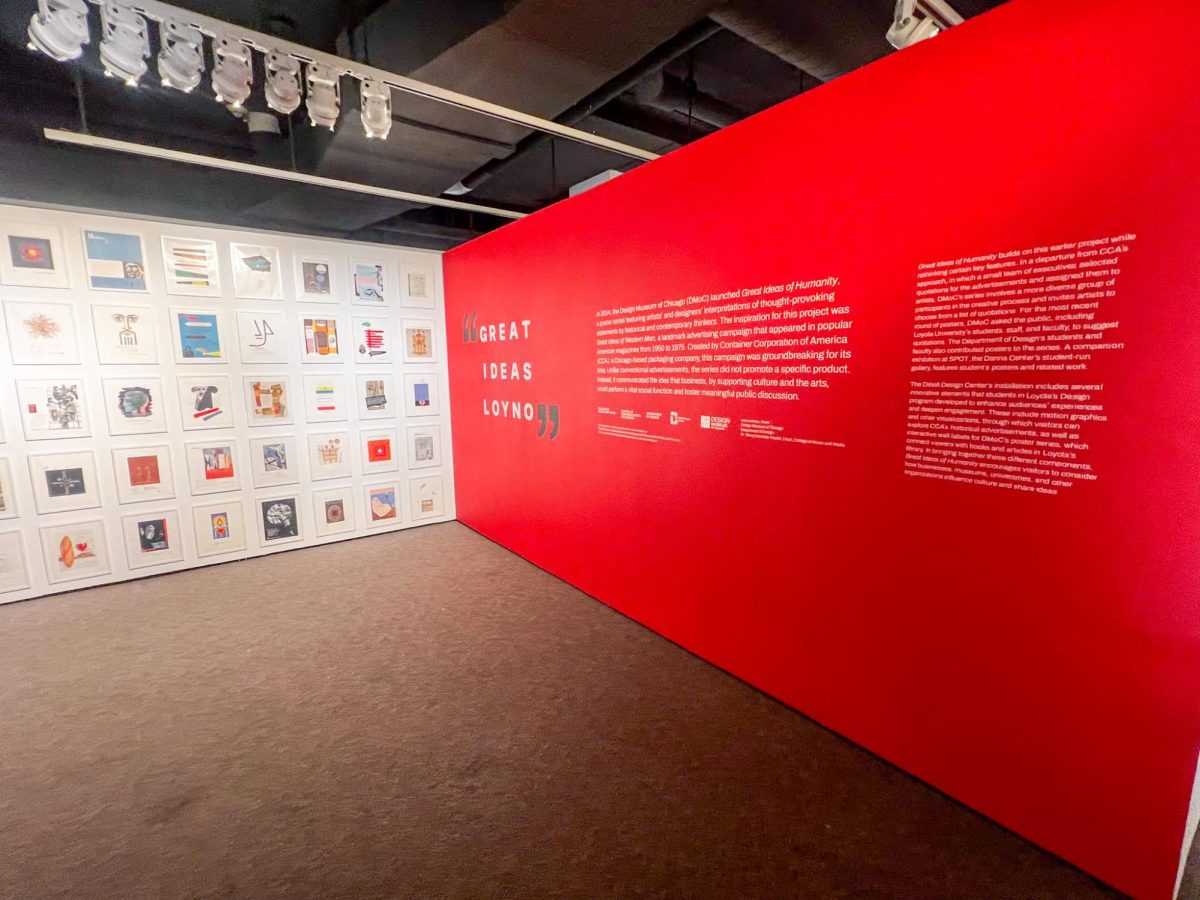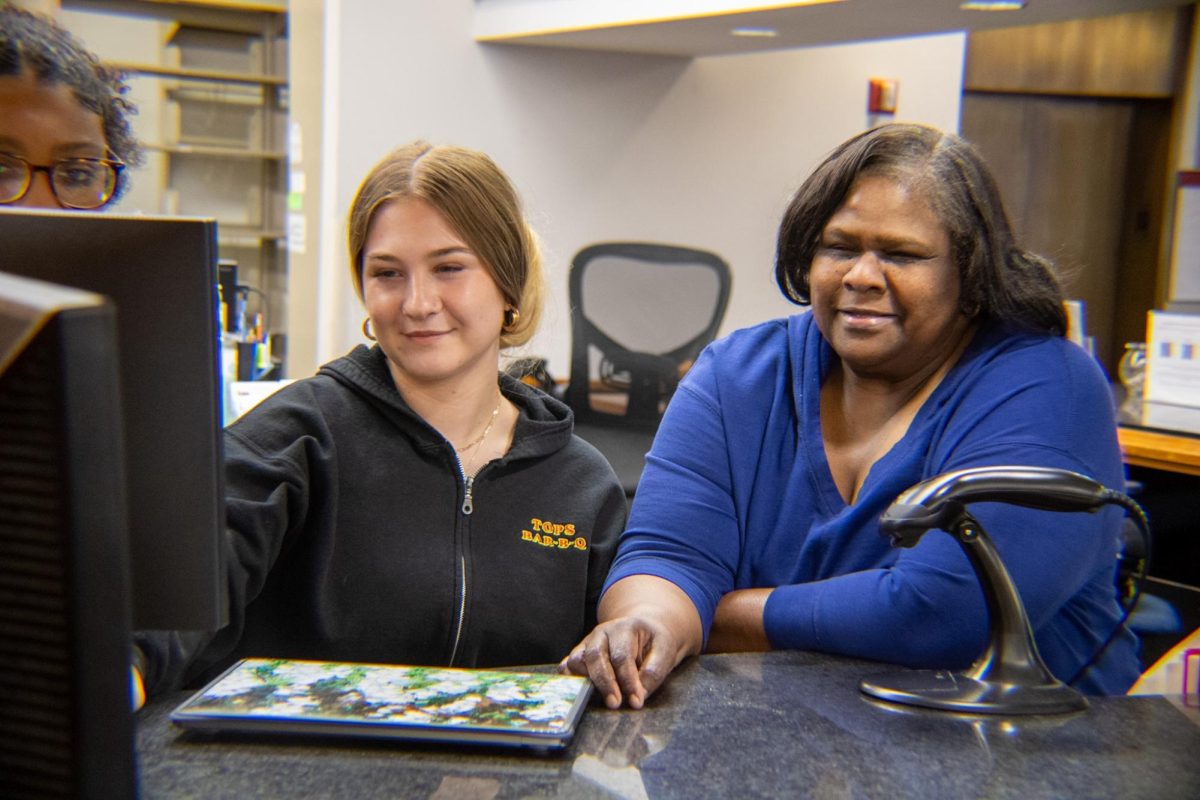If I could describe artificial intelligence in one word, I’d use ‘change’. In the short period that AI has been in the zeitgeist, it has gone from a mere novelty to a major moral and ethical question. I could discuss the finer points of AI’s impact on the environment or what it represents on a deeper level, but I will instead focus on the aspect of AI that hits closest to home, that being its place in the classroom.
Different professors hold different stances on AI. This can be quite jarring for students when half their instructors ban AI but the others embrace it. It can in turn create confusion; which is the better learning environment? Many conclude that AI’s helpfulness or malignance in the classroom hinges on how it is used. Obviously, everyone would agree that getting it to write an entire essay is cheating–a betrayal of your own intellect and of the school’s code of conduct. But once you leave the realm of black and white, cheating and not cheating, things become tricky. Should it be permissible to use AI as a tool for drafting outlines for essays or brainstorming ideas? As long as you created the finished product, why not get a bit of help along the way, right?
The fact is, learning is not as simple as paying attention in class and getting your work done. The entire process and all that surrounds your life as a student is the learning. This includes drafting outlines, brainstorming ideas, and yes, maybe getting a little overwhelmed by your workload. College is a training ground for real life, an opportunity to grow as a person while working towards a set goal. If you take your situation for granted and fundamentally misunderstand what learning is about, at best you don’t get the most out of your college experience, and at worst you could flunk out. Using AI like you would Google or any other search engine is fine, but using it to do the grunt work that you would rather not do for your school work is a sign of this disconnect. The process is just as important as the finished product.
We know that using AI for 100% of your assignment is wrong, that using it to find information is more or less okay, and that partially using it to aid in assignments presents its own risks regarding the learning process; so what exactly is its place in the classroom? Ultimately, it should be up to the discretion of the professors, as they are the ones dictating how they want their students to participate in their studies and work. If one professor sees it as a detriment, the student should go with that, and if another professor embraces AI as a useful tool, there is no reason that the student shouldn’t take advantage of said tool. However, a culture of mindfulness and a healthy dose of wariness should be the policy adopted by students and professors. It’s easy to still write AI off as something of a novelty; but each time we use it, we must be aware of its implications–in the classroom, in our studies, and wherever else it may arise. Moving forward, I would like to see cautious optimism regarding AI here at Loyola. Our school should exercise mindfulness, not blind loyalty or blind hatred, but standing on the sidelines, mediating as needed, and watching intently as it continues to permeate our ever-changing world.


